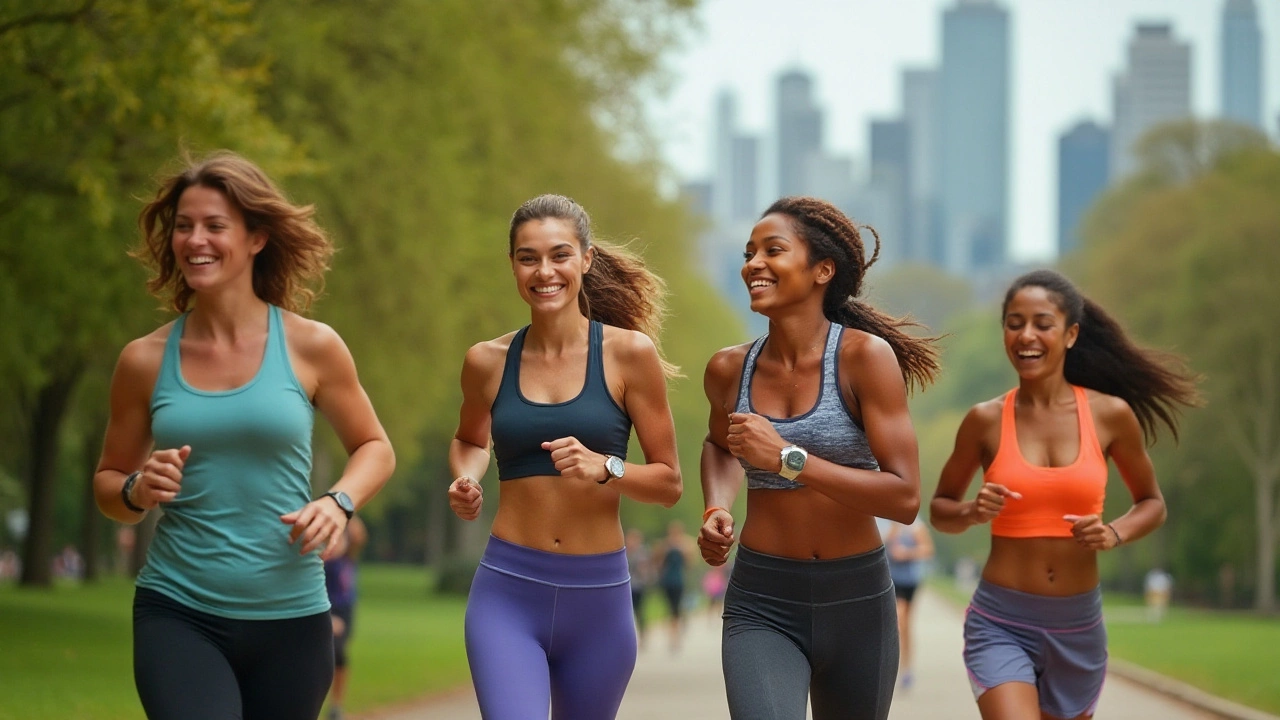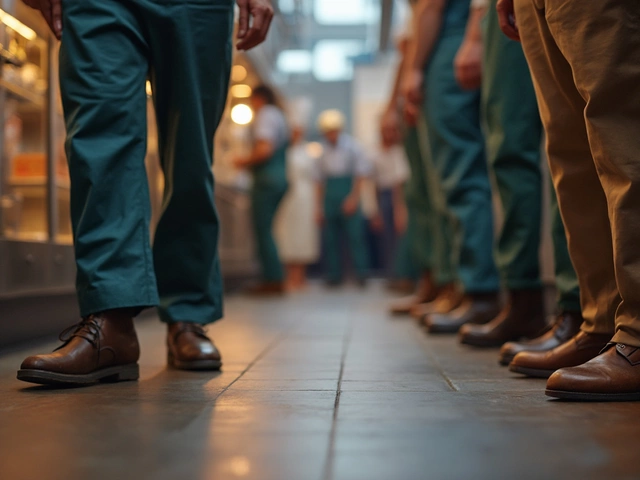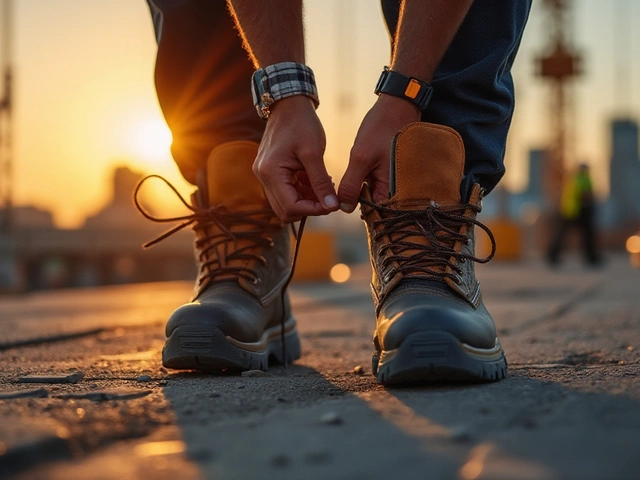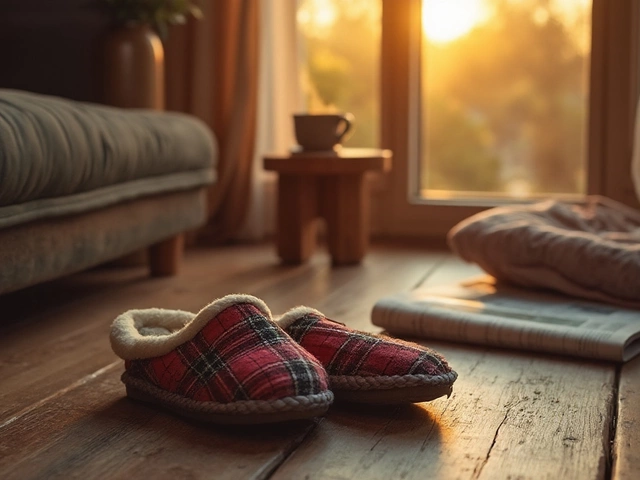Exercise Clothing: What to Wear for a Better Workout
When you start a workout, the right clothes can make a huge difference. Too loose and you feel sloppy, too tight and you can’t move. The goal is simple: feel comfortable, stay cool, and let your body do the work. Below are the basics you need to know before you head to the gym or the park.
Pick the Right Fabric
Most modern exercise clothing uses synthetic fibers like polyester, nylon, or a blend with a bit of spandex. These fabrics pull sweat away from the skin and dry quickly, so you don’t end up soaked and cold. If you’re on a budget, look for plain‑woven tees or leggings – they usually have the same moisture‑wicking tech without the extra branding price.
Natural fibers such as cotton feel soft but hold onto moisture, which can make you feel heavy. Cotton is fine for low‑intensity activities like yoga or a casual walk, but for high‑intensity cardio, stick to the synthetics. Some brands now add recycled plastic bottles to their blends, giving you an eco‑friendly option that works just as well.
Fit Matters for Performance
Fit isn’t just about looking good; it affects how well you move. For tops, a slightly snug fit helps the fabric work its wicking magic. If the shirt is too baggy, sweat can sit on the surface and you’ll feel damp. For bottoms, consider the activity: tight leggings are great for running or cycling because they reduce friction, while looser joggers give you room for squats and lunges.
Check the seam placement, too. Flat seams prevent chafing, especially on longer runs. Try the garment on and raise your arms, bend your knees, and take a few steps. If it stays in place and doesn’t ride up, you’ve found a good fit. Remember, you can always layer a loose jacket over a fitted shirt for outdoor workouts.
Don’t forget the details that matter on busy days. Look for zippered pockets to keep keys or a phone safe, and reflective strips if you train after dark. A good pair of shoes works hand‑in‑hand with your clothing – they should support your feet while letting the rest of your outfit breathe.
When you shop, compare prices online and in‑store. Many retailers run end‑of‑season sales where you can grab high‑quality pieces for half the price. If you’re not sure about a brand, read a few reviews – real users often point out whether the fabric stays true after several washes.
Finally, treat your gear right. Wash activewear in cold water, skip the fabric softener, and air‑dry when you can. This preserves the wicking properties and keeps the fit consistent. With a few simple habits, your exercise clothing will last longer and keep you comfortable workout after workout.
Bottom line: choose breathable, quick‑dry fabrics, pick a fit that moves with you, and watch for functional details. Follow these tips and you’ll feel confident and focused, no matter the training goal.

Understanding Activewear: The Essentials and Beyond
Activewear is more than just a fashion trend; it's a necessity for anyone who participates in physical activities. Designed with comfort and performance in mind, these pieces are made from materials that wick away sweat, provide flexibility, and enhance mobility. From leggings and sports bras to shorts and tank tops, activewear caters to both aesthetics and functionality. As the popularity of fitness rises, so does the demand for versatile and durable clothing that supports a range of activities.




